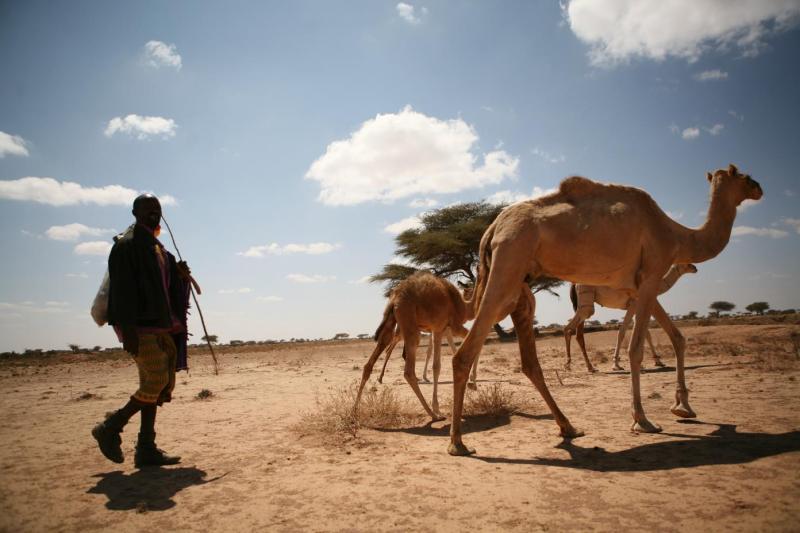

JP Climate Security Mechanism - A few years ago, it may have been unusual to hear discussions around peace, security and fragility at international climate change fora such as COP26. But over the last few years understanding has increased that climate change is not just as an environmental phenomena, but one that has catastrophic effects on lives, livelihoods and socio-economic development.
As a result, climate change also has significant ramifications for peace, stability and security. Thus, these issues have a rightful place on the table at COP26.
When I was UNDP’s Resident Representative in Somalia, I saw first-hand the impact of the nexus between climate and security issues; how climate change in a highly resource-constrained context has exacerbated inter-communal tensions over natural resources, including conflict between farmers and herders, and forced migration and displacement due to climate related shocks. The failure of climate-sensitive livelihoods has fueled grievances and fed into recruitment of non-state armed groups, and their illicit activities. This is not an isolated case but a reality in many of complex contexts where we work, as UNDP and the UN.
As the international community still struggles to keep global warming within the 1.5 degrees Celsius limit that experts tell us will keep us from the more severe effects of climate extremes; wildfires, heatwaves, devastating floods, and other impacts threaten to make parts of our planet uninhabitable.
We cannot forget in the midst of this, that 70 percent of the most climate vulnerable countries in the world also rank among the most fragile contexts; they are also amongst the hardest hit. These countries suffer the dual burden of conflict and insecurity on the one hand, and the struggle to cope with and adapt to the impacts of climate change on the other.
COP26 is a critical moment for countries to make strong national climate pledges, known as nationally determined contributions (NDCs), to ensure that we are addressing these issues head on. UNDP has supported 120 countries, including 47 fragile settings in this endeavour through its Climate Promise – the world’s largest offer of NDCs-support, covering 83% of all developing countries’ NDCs.
Beyond this, UNDP is implementing the largest climate action and prevention/peacebuilding portfolio within the UN system, and is committed to “climate-proofing” prevention and peacebuilding to ensure that its climate change efforts not only do no harm but also contribute positively to peace and advance integrated approaches for climate action and sustaining peace, including as part of the Climate Security Mechanism.
While the issues are not new, climate security is still a relatively new topic, and we continue to build the evidence base and to fill the gaps in data, knowledge and understanding, including in relation to climate finance.
There are huge gaps in climate financing. As we have heard from the World Leaders Summit of COP26, despite the promises, we still fall short of the hundred-billion-dollar mark and access to climate finance is uneven, particularly in the countries most vulnerable to climate change. However, we still don’t know enough about access by countries that suffer from conflict and fragility.
What we do know is that:
In the context of these two points, UNDP is committed to addressing some of the unanswered questions in relation to climate finance and the impact of climate change on peace and security: how can we improve access to climate finance in conflict-affected and fragile contexts, and how can we mainstream climate-related security risks and make sure climate finance contributes to sustaining peace?
In doing so, we hope to make climate finance work better for conflict-affected and fragile contexts while ensuring that global climate talks beyond COP26 more systematically consider – and strive to address – the profound impact climate change is having on security and peace in fragile and conflict-affected contexts.
Originally published on https://www.undp.org/blog